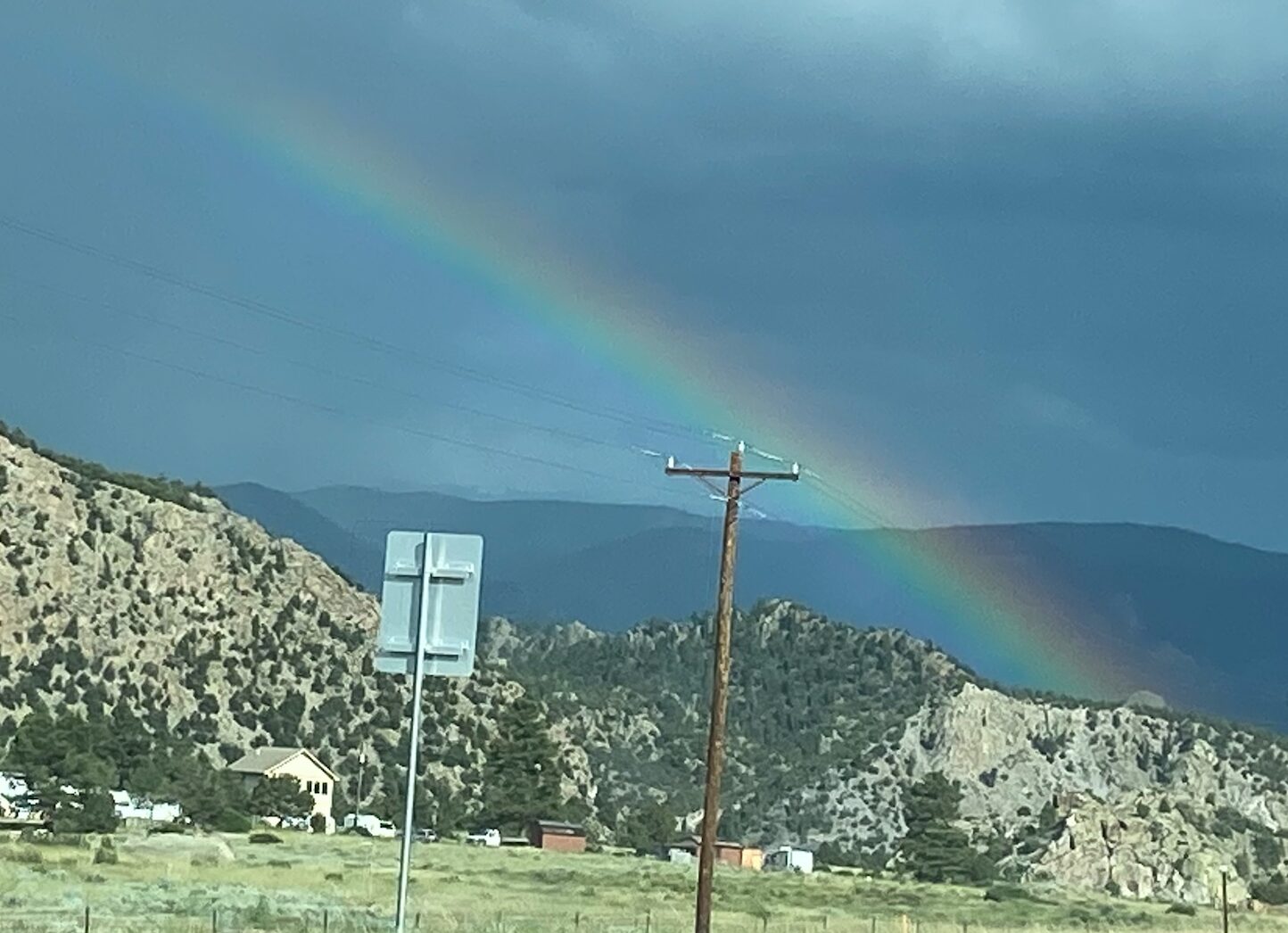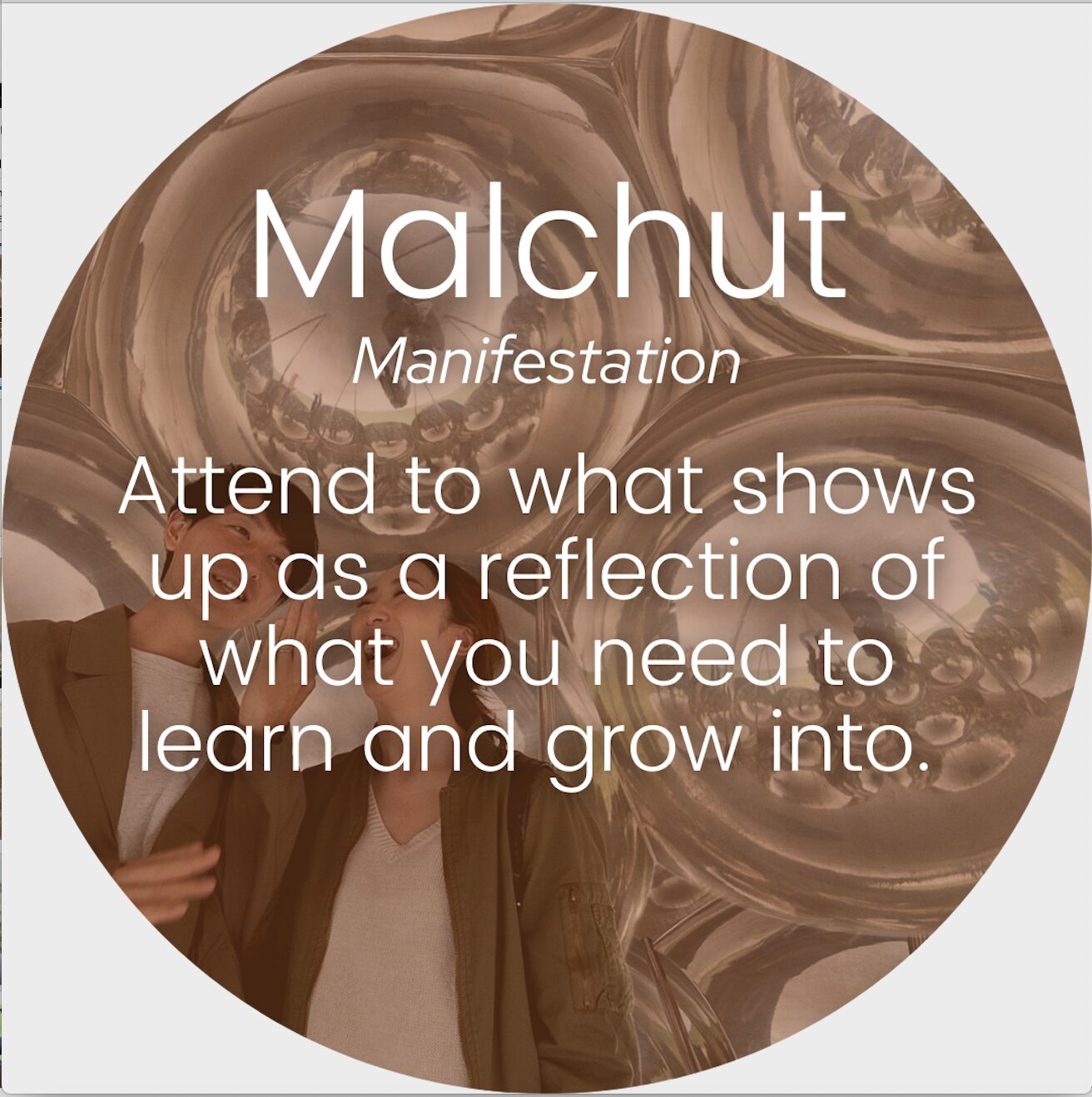 According to legend, the panda was once an all-white bear. When a small girl tried to save a panda cub from being attacked by a leopard, the leopard killed the girl instead. Pandas came to her funeral wearing armbands of black ashes. As they wiped their eyes, hugged each other, and covered their ears, they smudged the black ashes.
According to legend, the panda was once an all-white bear. When a small girl tried to save a panda cub from being attacked by a leopard, the leopard killed the girl instead. Pandas came to her funeral wearing armbands of black ashes. As they wiped their eyes, hugged each other, and covered their ears, they smudged the black ashes.
Statistically more people die in the winter months than at any other time of year. This month (on the Hebrew calendar, the bitter month of Cheshvan) year in and year out seems to have a heavier share of death. This year is no different, no week without a funeral. Perhaps it is linked to the bite of the scorpion, the astrological sign of the month of Cheshvan.
The Jewish mourning ritual is called sitting shiva (it means sitting in mourning for seven-shiva days). Customs vary as the length of shiva—some families choose to sit for shorter periods of time (we should technically change the name to shalosh for those who sit three-shalosh days). During this time of sitting people come to visit to share in the grief of their family or friends. The usual advice given to visitors is to be a listener. Allow the mourner to express their grief with you.
Many people share how disorienting the shiva period is, at times even feeling overwhelming. The time leading up to the death may have in itself been exhausting, physically as well as emotionally. After the death, grief is in the public domain—first with a funeral and then with the house open to visitors. It is understandable, and often necessary, to create space for alone time.
Indeed, the period following the loss is itself disorienting and overwhelming—mirrored by the shiva house being open to the public. What we humans share with our animal colleagues is that disorientation and disbelief—so we look for our loved ones who have died, searching for them as if they will appear behind the tree or in a favorite restaurant. One of the most poignant aspects of early grief is simply that they are no longer here. Perhaps this provides an additional reason for the curious custom to cover up the mirrors in the home during shiva. We need to slowly face that we will not be seeing his or her face anymore.
It is not always easy or comfortable to share someone’s grief but it is comforting. We learn that from the legend of the pandas.
david
P.S. While there is death there is also birth—this and that has the One created. Click here http://www.zooatlanta.org/1212/panda_cam to see the remarkable first 100 days of Mei Lun and Mei Huan—panda “twins” in the Atlanta Zoo.









6 Comments
Peggy Brody · October 24, 2013 at 2:25 pm
How lovely, how gentle, how timely. Thank you.
Judy M. · October 24, 2013 at 2:52 pm
Thank you for this piece/peace.
Judy Brown · October 24, 2013 at 2:59 pm
Lovely, David, thank you for posting it. I always
learn something new from you.
Joyce Perlmutter · October 24, 2013 at 3:12 pm
Enjoyed this article. Thank you!
Elaine T Courtney · October 24, 2013 at 9:45 pm
Very nice, thank you. I miss your class. 🙂
renae levin · October 24, 2013 at 10:35 pm
Touching, David. And meaningful at any time. Seldom do I encounter solemnity and meaning as moving as this reflection. Thanks.